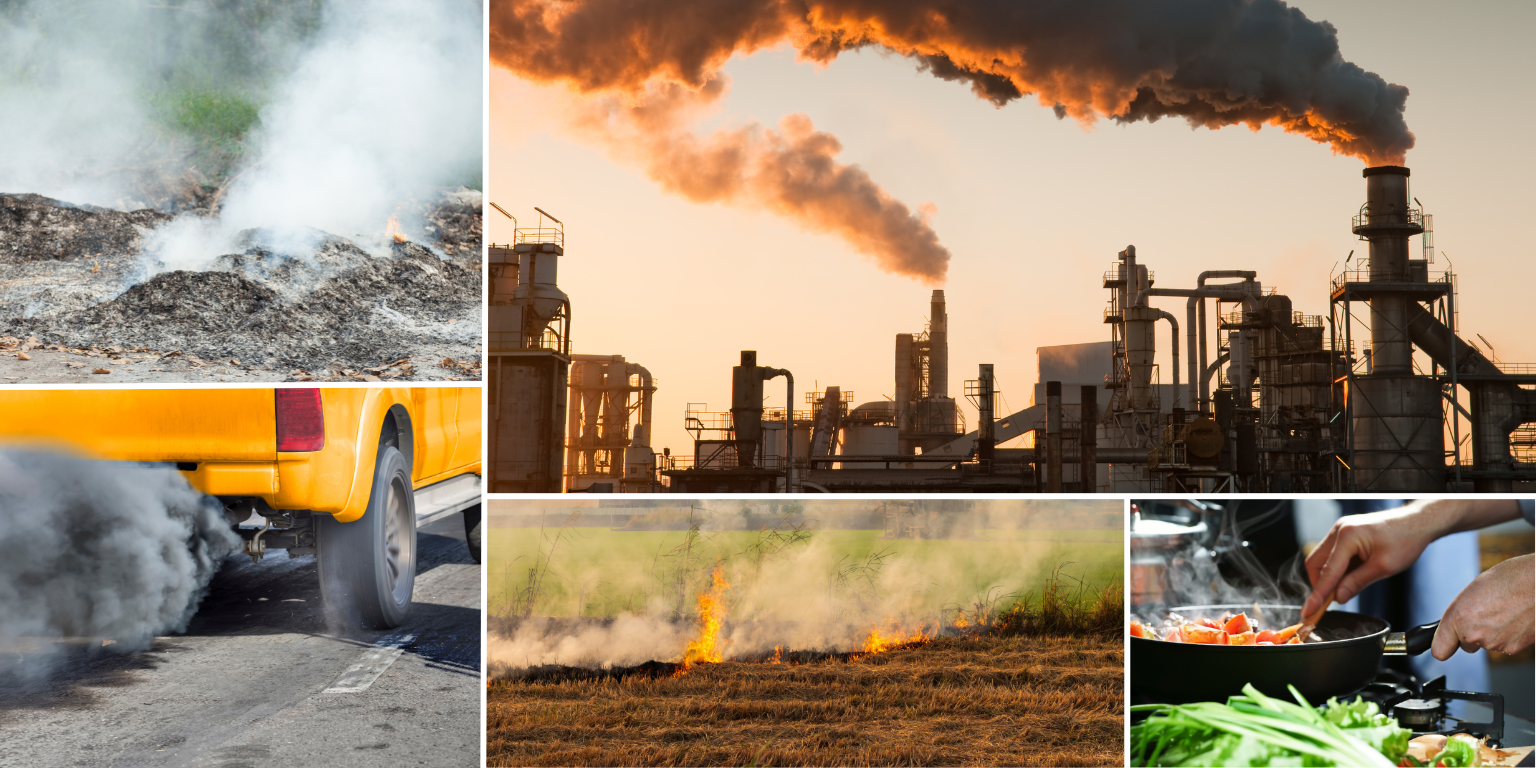The Impact of Air Pollution on Health

Air pollution refers to the presence of harmful substances in the atmosphere that pose risks to environmental and human health. Understanding pollution sources and associated effects informs personal and policy decisions for mitigating harm.
Categories and Types of Air Pollutants
Criteria air pollutants like particulate matter, ozone, nitrogen/sulfur oxides, carbon monoxide, and lead cause significant public health burdens. Others, like VOCs and persistent organic pollutants, also carry risks.
Effects on Respiratory Health
Inhaling tiny pollution particles or gases irritates lung airways and can worsen COPD (Chronic Obstructive Pulmonary Disease), asthma, and respiratory infections. Long-term, permanent lung function decline and higher cancer rates result from cumulative exposure.
Impacts on Heart and Vascular Health
Research confirms exposure to common urban air pollutants unambiguously increases cardiovascular mortality and disease burden through systemic inflammation, raised blood pressure, and blood clotting.
Worsening Neurological Conditions
Studies reveal air pollution may harm brain health and impair cognition by accelerating neurodegeneration and neuroinflammation implicated in dementia progression and reduced intelligence in kids.
Harming Other Organ Systems
Evidence suggests associations between pollution exposure and conditions like fatty liver disease, kidney deterioration, congenital disabilities, osteoporosis, type 2 diabetes, and autoimmune diseases resulting from oxidative stress and irritation.
Most Vulnerable Groups at Heightened Risk
Sensitive populations like children, seniors, pregnant mothers, those with chronic medical conditions, and lower socioeconomic status experience amplified and outsized detrimental pollution impacts owing to vulnerability factors compounding harm.
Global Burden Extensive But Uneven
Air pollution represents a leading preventable cause of illness, hospitalization, and premature death worldwide. However, pollution concentration and sources vary regionally based on industrialization, transportation reliance, and strength of emissions regulations.
Individual Prevention and Risk Reduction
While governments primarily drive policy progress, individuals can still minimize risks by tracking air quality levels, properly using medications, exercising indoors when pollution is higher, utilizing home air cleaners, and advocating locally for change.
Scientists agree without doubt that air pollution badly hurts public health in many ways. Curbing emissions requires coordinated cross-sectoral action for cleaner air and enhanced well-being.

